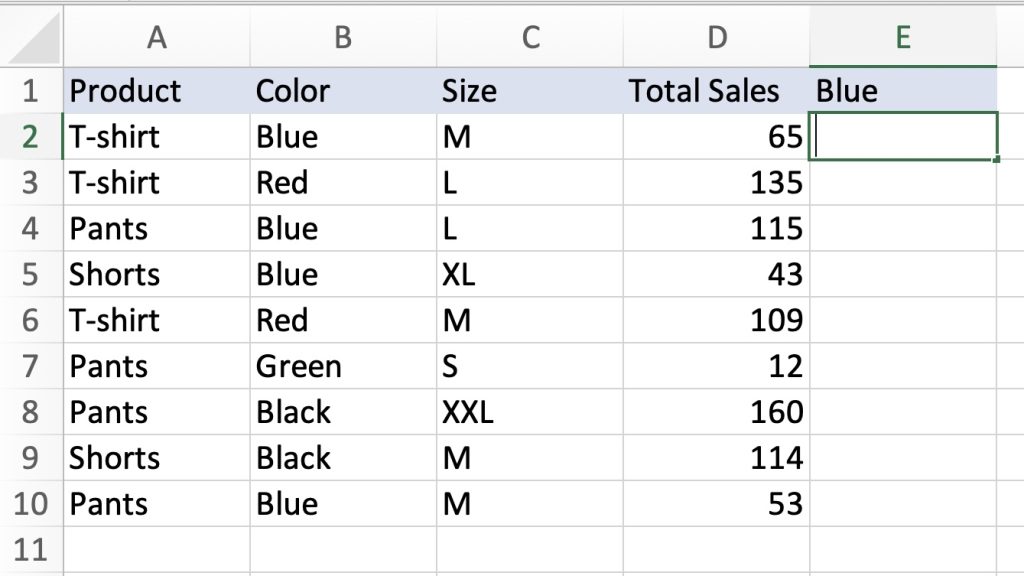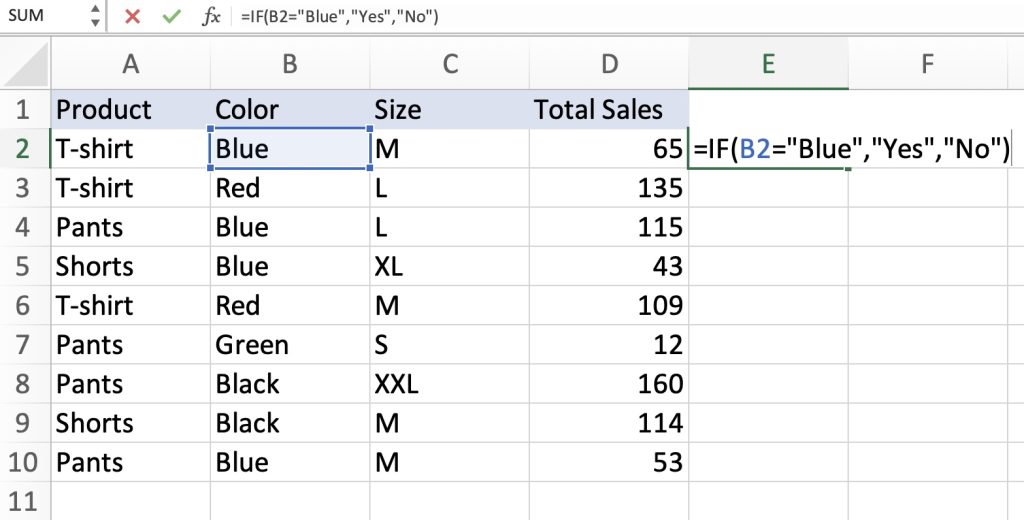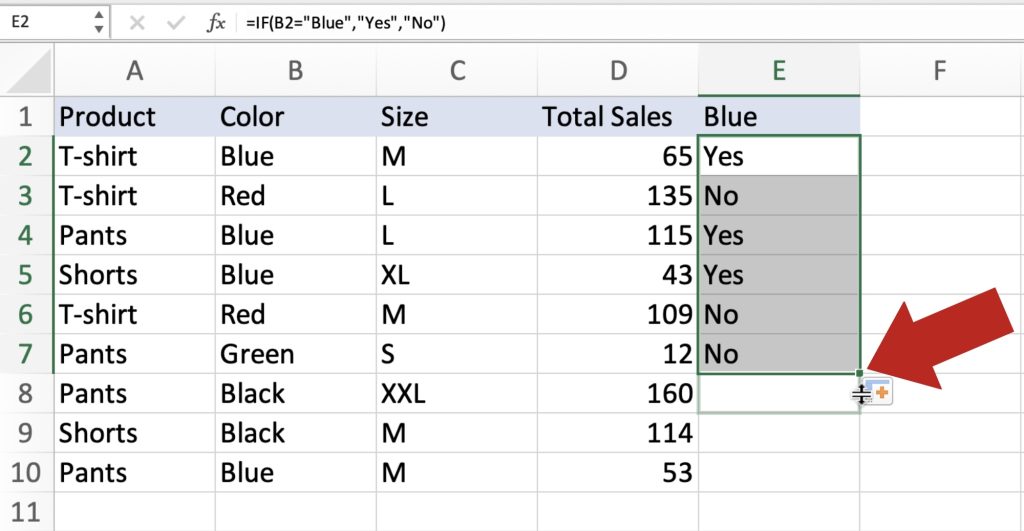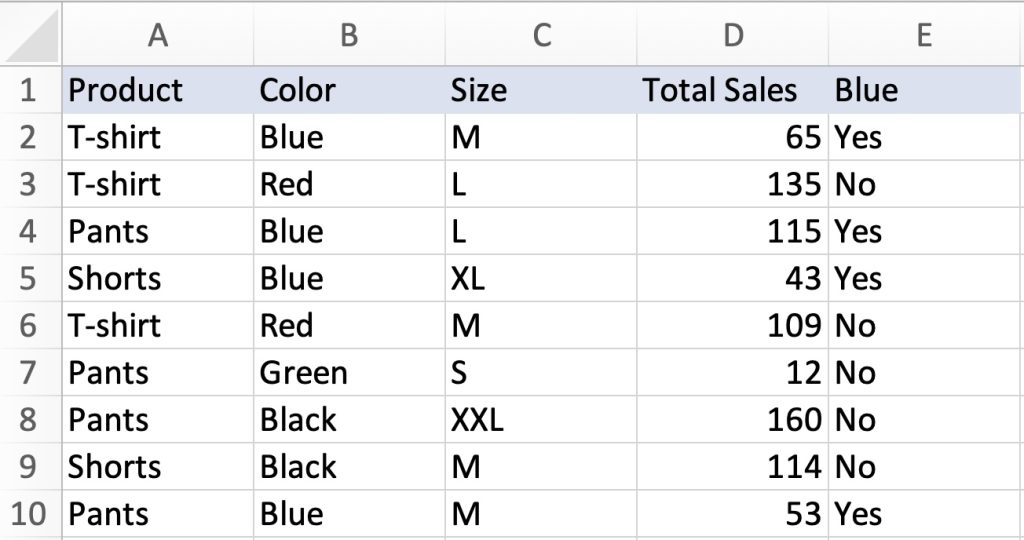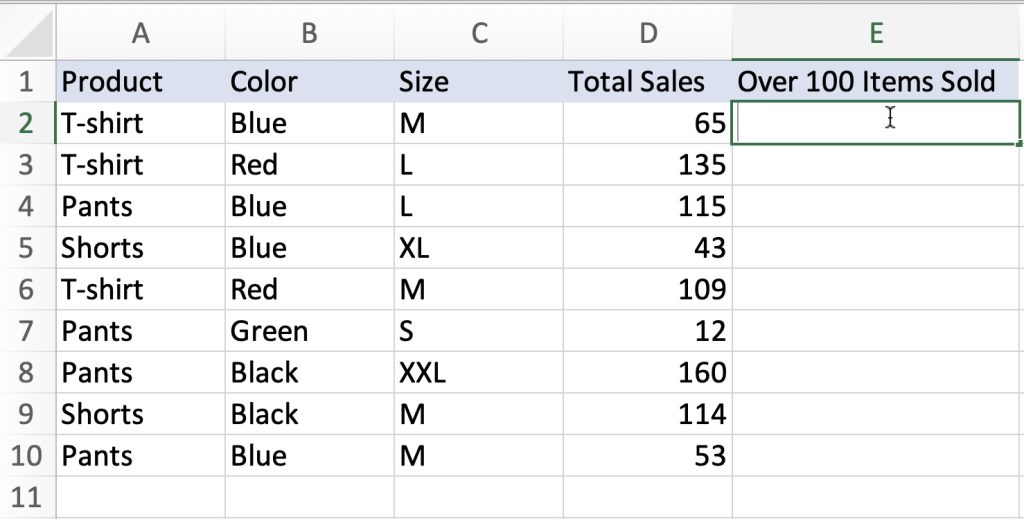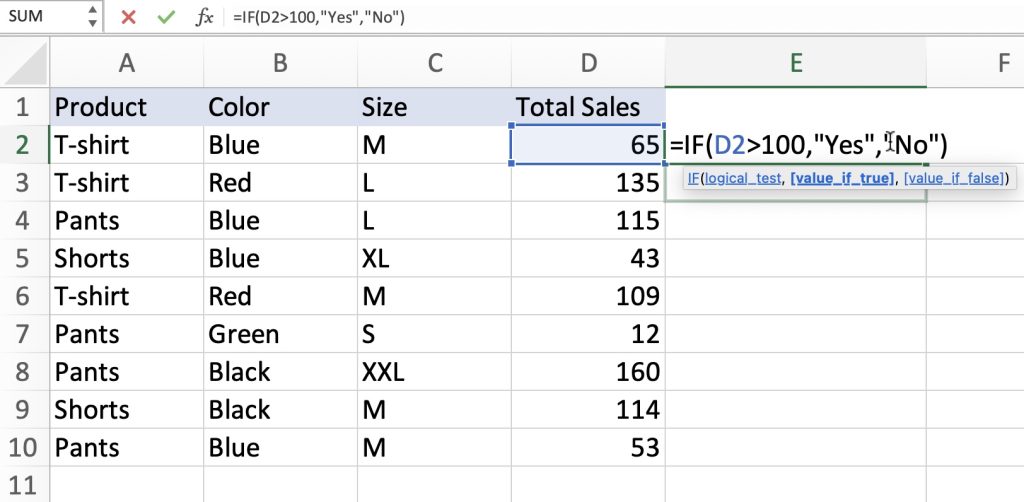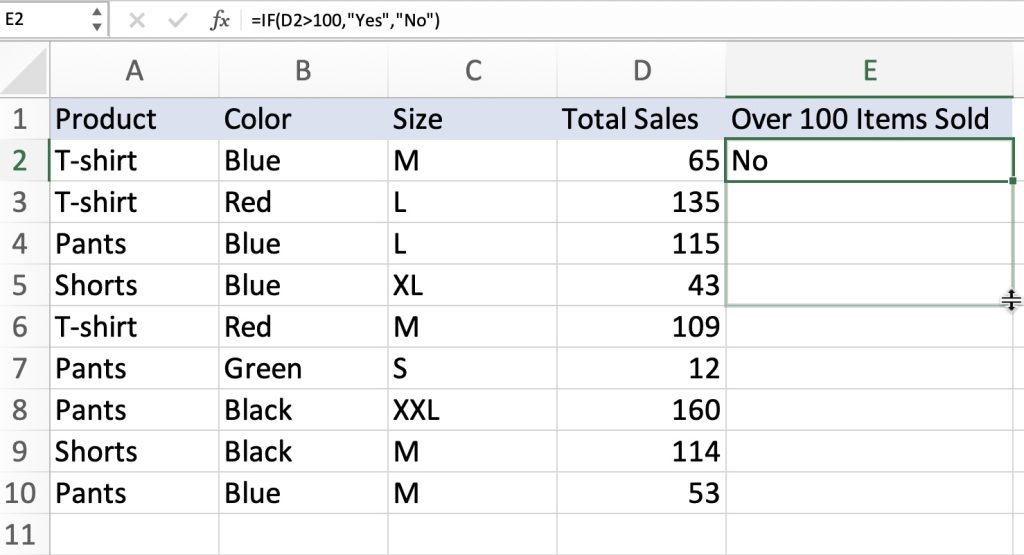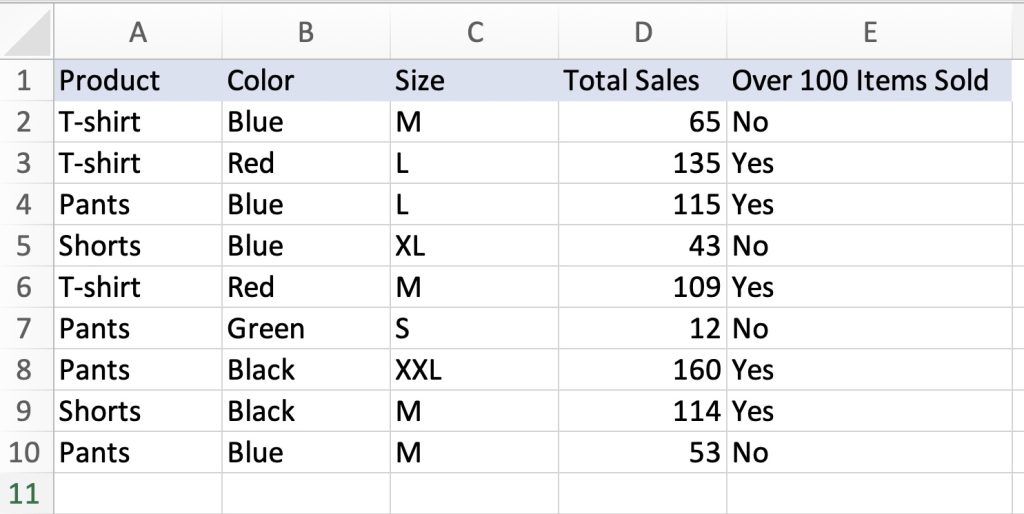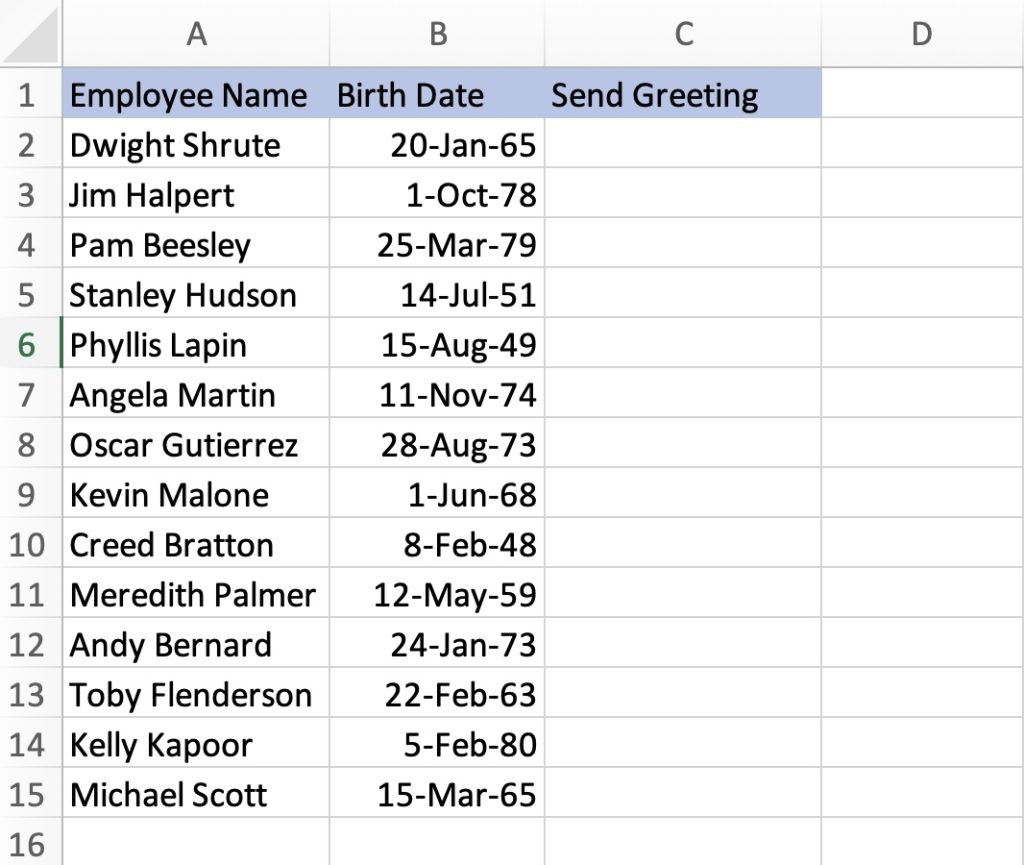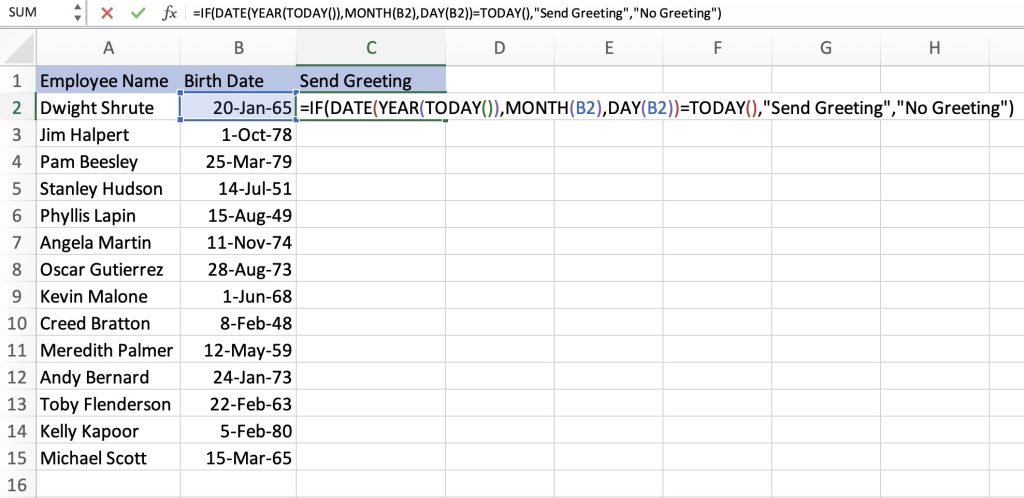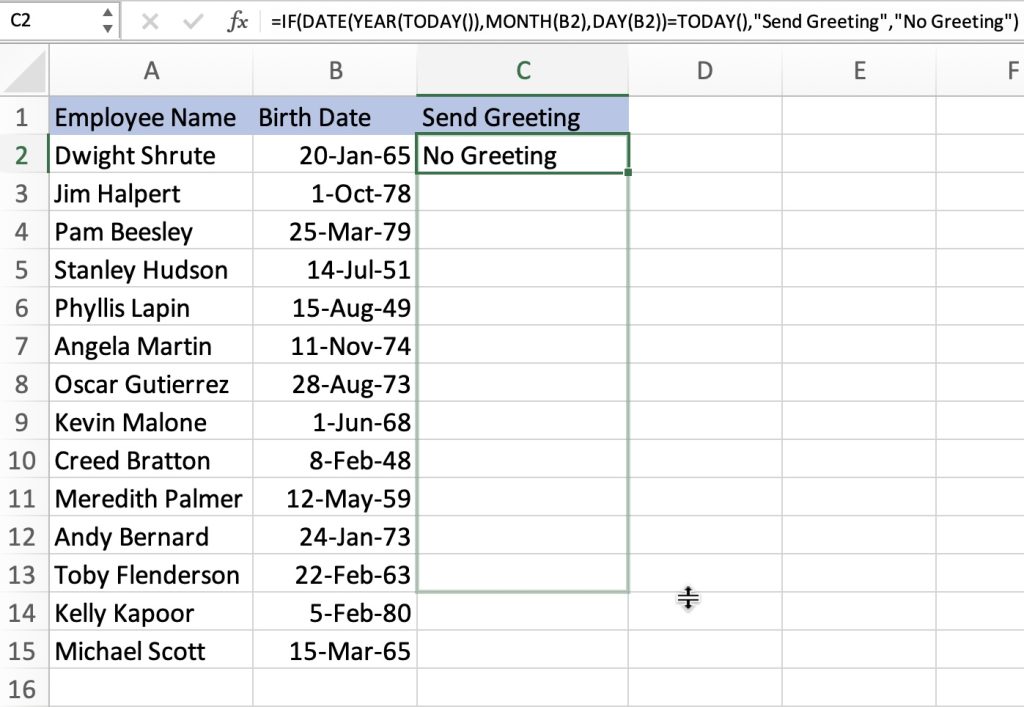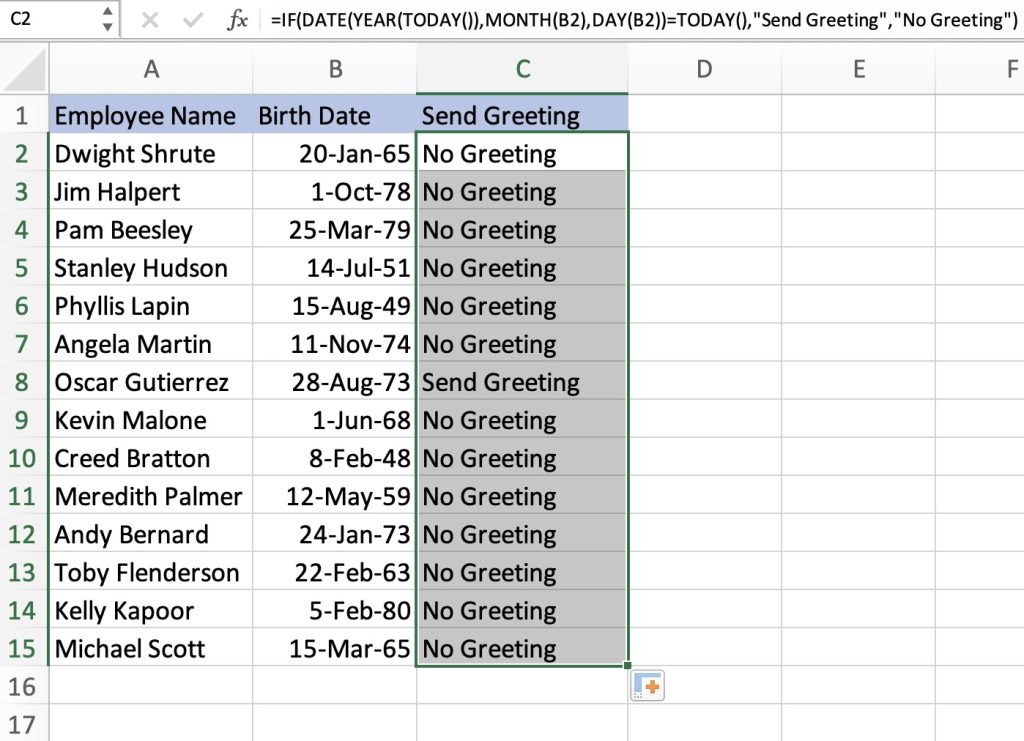The IF function in Excel is a game-changer when it comes to making decisions based on data. This flexible feature allows you to execute various actions based on conditions you specify. In this article, we will go over the IF function’s basic purpose, syntax, and present detailed examples to help you master this essential formula!
Let’s dive into these methods in detail –
Table of Contents
Download the Excel Workbook below to follow along and understand how to use the IF function in Excel –
download excel workbookIF-Function.xlsx
The Purpose of the IF Function
The IF function evaluates a specified condition and returns one value if the condition is TRUE and another value if the condition is FALSE. This function is guaranteed to save you time, automating decisions within your spreadsheet and enhancing your data analysis capabilities.
IF Function Syntax
The basic syntax of the IF function is as follows:
=IF(logical_test, value_if_true, value_if_false)
logical_test: Asks a question to Excel, and it can only be answered with a “yes” (TRUE) or “no” (FALSE). It’s like asking, “Did the student pass?”
value_if_true: If the answer to your question (logical_test) is “yes” (TRUE), this is what Excel does. It’s like saying, “If the student passed, indicate with PASS.”
value_if_false: If the answer is “no” (FALSE), this is what Excel does. It’s like saying, “If it the student did not pass, indicate with FAIL.”
Using Logical Tests to Your Advantage
Logical tests are the core of the IF function. These tests involve comparisons that evaluate to either TRUE or FALSE. Excel offers a range of logical operators, including equal to (=), greater than (>), less than (<), and not equal to (<>), among others.
Example: IF Function (Equal To)
Imagine you have a dataset of test products, and you want to check if the product is blue. You can achieve this using the IF function:
Select cell E2
Enter the formula =IF(B2=“Blue”,”Yes”,”No”)
Double-click or drag down the square on the lower right-hand corner to apply the formula to the rest of the rows below.
As you can see, the IF function has identified all the blue test products.
Example: IF Function (Greater Than)
Suppose you want to find out which test products did well in sales. You can use the IF function to determine which products trended with the sample market. The function will return with “Yes” or “No”.
Select cell E2
Enter the formula =IF(D2>100,”Yes”,”No”)
Double-click or drag down the square on the lower right-hand corner to apply the formula to the rest of the rows below.
As you can see, the IF function has identified all the products that did well in the testing.
This formula checks if the sales amount in cell C2 is greater than 100. If true, it returns “Yes”; otherwise, it returns “No”.
Example: Automated Birthday Greeting
Let’s say we want to determine if a company should send a birthday greeting to an employee based on their birth date using the IF function. This is how to do it:
You have a data sheet with employees’ names in column A and their birth dates in column B.
Column C for Greetings: In column C, you can create a new column where you’ll put the results – whether a birthday greeting should be sent or not.
Select cell C2
Enter the formula:=IF(DATE(YEAR(TODAY()),MONTH(B2),DAY(B2))=TODAY(), “Send Greeting”, “No Greeting”)
Double-click or drag down the square on the lower right-hand corner to apply the formula to the rest of the rows below.
As you can see, the IF function has identified the employee that will get a birthday greeting for that day. This formula is dynamic, meaning it adjusts as time changes.
This is what this formula does:
-
YEAR(TODAY())gives you the current year.MONTH(B2)gives you the birth month of the employee.DAY(B2)gives you the birth day of the employee.
DATE(YEAR(TODAY()),MONTH(B2),DAY(B2))creates a date using the current year and the birth month and day.
The formula checks if this newly formed date matches today’s date (TODAY()). When there’s a match, it displays “Send Greeting,” signaling that the employee’s birthday is today. If there’s no match, it shows “No Greeting,” indicating that it’s not the employee’s birthday.
Conclusion
There you have it! By understanding the practical application of the IF function, you’ll be equipped to make dynamic decisions within your Excel spreadsheets. Whether you’re working with numbers, grades, or any other dataset, the IF function empowers you to automate and enhance your data analysis, saving you time and reducing the likelihood of errors.
Further Learning:
- Click here to learn more about the IF Function with Multiple Conditions!
- Click here to learn more about the DATEDIF function in Excel!
- Understanding the IFS Function in Excel with Examples!
Click here to access Microsoft’s tutorial on the IF Function!
John Michaloudis is a former accountant and finance analyst at General Electric, a Microsoft MVP since 2020, an Amazon #1 bestselling author of 4 Microsoft Excel books and teacher of Microsoft Excel & Office over at his flagship MyExcelOnline Academy Online Course.

